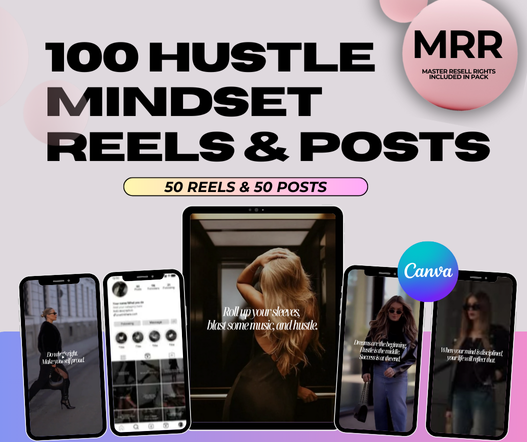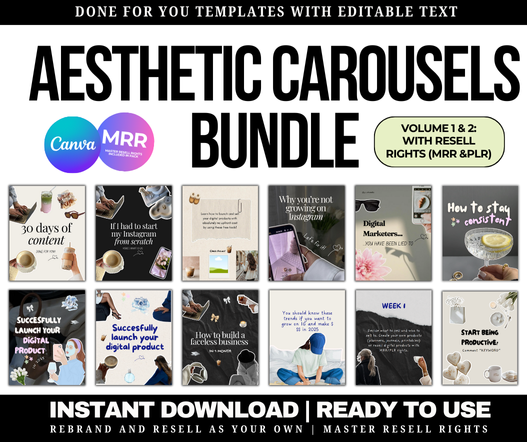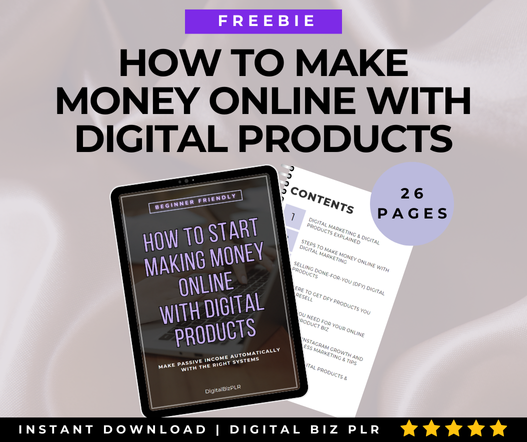What is the Most Effective Email Marketing Campaign Strategy?
Share
Have you ever sent out an email campaign, only to be met with low open rates, weak click-throughs, and little to no conversions? It’s frustrating, especially when you’ve put so much time into crafting the perfect message. But what if I told you that email marketing, when done right, can be one of the most effective tools in your digital marketing toolkit?
If you’ve been wondering how to craft an email marketing strategy that actually works—one that gets people to open, click, and take action—you’re in the right place.
With over 4 billion email users worldwide, email marketing continues to deliver the highest ROI (return on investment) for businesses, generating approximately $42 for every $1 spent.
So, what’s the secret to running a successful email marketing campaign? Let’s dive into the most effective strategies that will help you turn your subscribers into engaged customers and, ultimately, loyal advocates of your brand.
Why Email Marketing Is Essential for Your Business
Before we get into specific strategies, it’s important to understand why email marketing is so powerful. Unlike social media platforms, where the algorithm controls who sees your content, email gives you direct access to your audience. When someone subscribes to your email list, they’re giving you permission to communicate with them directly in their inbox—a space they check multiple times a day.
Here’s why email marketing is essential for entrepreneurs and digital marketers:
- Personalized communication: You can tailor your emails to specific segments of your audience, offering content that is directly relevant to their needs and interests.
- Higher conversion rates: Email has a higher conversion rate than most other marketing channels, making it a key component of any sales funnel.
- Builds relationships: Email allows you to nurture leads over time, turning subscribers into loyal customers.
Now that we know why email marketing is so important, let’s get into the most effective email marketing campaign strategy you can use to grow your business.
Step-by-Step Guide: The Most Effective Email Marketing Campaign Strategy
A successful email marketing campaign doesn’t just happen overnight. It requires careful planning, thoughtful execution, and continuous optimization. Here’s a step-by-step guide to help you create an email campaign strategy that drives results.
1. Build a High-Quality Email List
Your email marketing campaign will only be as effective as the quality of your email list. Focus on attracting subscribers who are genuinely interested in your products or services, rather than simply increasing your subscriber count with random leads.
Here’s how to build a quality email list:
- Create valuable lead magnets: Offer something of value in exchange for your audience’s email addresses. This could be a free guide, an ebook, a discount code, or a checklist related to your business.
- Use opt-in forms: Place opt-in forms strategically across your website—on your homepage, blog posts, and checkout pages—so visitors can easily subscribe.
- Leverage social media: Promote your lead magnets on social media platforms like Instagram, Facebook, and LinkedIn to encourage more sign-ups.
Remember, quality always beats quantity. A small, engaged email list will drive more conversions than a large list of disinterested subscribers.
2. Segment Your Audience for Personalized Emails
Once you have a list of subscribers, the next step is to segment your audience. Not all of your subscribers have the same needs, so it’s important to send them tailored content based on their interests, behavior, or buying history.
Here are a few ways to segment your list:
- By demographics: Segment by location, age, gender, or occupation.
- By behavior: Track how subscribers interact with your emails (e.g., open rates, click-through rates) and segment accordingly.
- By purchase history: Group customers who have bought a product from you and send them product recommendations or upsell opportunities.
Segmenting your audience allows you to send highly relevant, personalized emails, which leads to better engagement and higher conversion rates.
3. Write Compelling Subject Lines
The subject line is the first thing your subscribers will see, and it’s the deciding factor in whether or not they’ll open your email. In fact, 47% of people open emails based on the subject line alone. So, how do you write subject lines that grab attention and compel people to click?
- Keep it short and sweet: Aim for 6-10 words. Your subject line should be concise, but impactful.
- Create curiosity: Pique your reader’s curiosity by hinting at what’s inside without giving it all away. For example, “You won’t believe what we’ve just launched…”
- Use personalization: Including the subscriber’s name or other personal details can make the email feel more targeted. Example: “Sarah, here’s a special offer just for you.”
- Incorporate urgency: Subject lines like “Last chance to save 50%!” can create a sense of urgency, encouraging subscribers to open your email right away.
4. Craft Engaging Email Content
Once you’ve convinced your subscribers to open your email, it’s crucial to keep them engaged with valuable content. The key to a successful email marketing campaign is offering content that resonates with your audience and provides solutions to their problems.
Here’s how to craft engaging content:
- Keep your emails concise: People don’t have time to read long, drawn-out emails. Stick to the point and make your message clear.
- Add value: Whether it’s tips, product recommendations, or exclusive offers, your emails should always provide value to the recipient.
- Include clear CTAs (Calls to Action): Don’t leave your readers guessing. Each email should have a clear call to action, whether that’s to make a purchase, read a blog post, or sign up for a webinar.
For example, if you’re promoting a new digital product, you might include a CTA like:
“Ready to level up your social media game? Check out our new Instagram Growth Bundle for expert-level strategies!”
Check out our Email Marketing Bundle, which can be a game-changer for your business.
5. Use Automation for Consistency
One of the most effective strategies for email marketing is setting up email automation. Automation allows you to send emails based on specific triggers, such as when a subscriber joins your list, abandons a cart, or makes a purchase. By automating these emails, you ensure that every subscriber receives timely, relevant messages without you having to manually send each one.
Some key email automations include:
- Welcome series: A sequence of emails that introduce new subscribers to your brand and guide them through your products or services.
- Abandoned cart emails: Send a follow-up email to customers who added products to their cart but didn’t complete the purchase.
- Post-purchase emails: Thank customers for their purchase and offer upsell opportunities or request reviews.
Automation helps you stay consistent with your email marketing, ensuring that your subscribers receive the right messages at the right time.
6. Optimize for Mobile
Did you know that over 50% of emails are opened on mobile devices? This means that if your emails aren’t optimized for mobile, you could be losing a significant portion of your audience. Make sure your emails look great on mobile by:
- Using a responsive design: Ensure your email templates automatically adjust to different screen sizes.
- Keeping subject lines short: Mobile screens have less space, so subject lines should be even shorter for mobile viewers.
- Ensuring links and buttons are easy to click: Large, bold buttons are easier to tap on mobile devices than small text links.
Mobile optimization is crucial for increasing engagement and ensuring your emails are easily accessible to your audience.
Key Takeaways
- Building a quality email list with engaged subscribers is more effective than simply increasing your list size with uninterested leads.
- Segmenting your audience allows for more personalized and relevant emails, increasing engagement and conversion rates.
- Compelling subject lines are essential for improving open rates, while concise, valuable content keeps readers engaged.
- Automation helps ensure that your subscribers receive timely, consistent communication without overwhelming you with manual tasks.
- Always optimize your emails for mobile to capture the growing number of mobile users.
FAQs
1. How often should I send email campaigns?
The frequency of your email campaigns depends on your business and audience. However, most businesses find that sending one to two emails per week is optimal for staying top-of-mind without overwhelming subscribers.
2. What is the best time to send an email?
The best time to send an email will vary depending on your audience, but generally, mid-morning (around 10 AM) and mid-afternoon (around 2 PM) are considered ideal times. Testing different times with your audience can help you determine the best schedule.
3. How do I improve my email open rates?
To improve open rates, focus on crafting compelling subject lines and ensuring that your emails are relevant to your audience. Personalization, segmentation, and A/B testing can all contribute to higher open rates.
4. What is email automation, and how does it work?
Email automation is a strategy that allows you to automatically send emails based on triggers or actions taken by your subscribers. For example, you can set up an automated welcome series for new subscribers or an abandoned cart email for shoppers who didn’t complete a purchase.
5. How do I avoid my emails going to spam?
To avoid landing in spam, make sure you’re sending emails to subscribers who have opted in, using clean, non-spammy subject lines, and avoiding excessive use of all caps, exclamation marks, or too many links. Keeping your email content relevant and valuable will also reduce the likelihood of being marked as spam.






